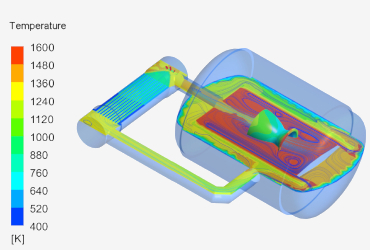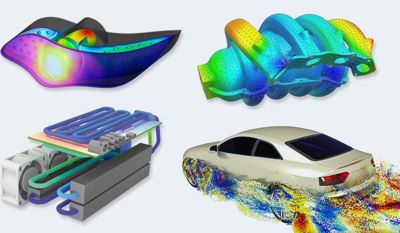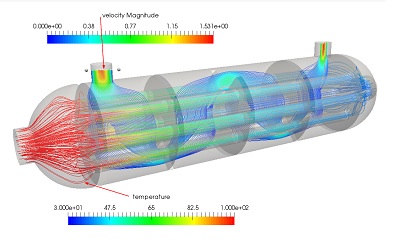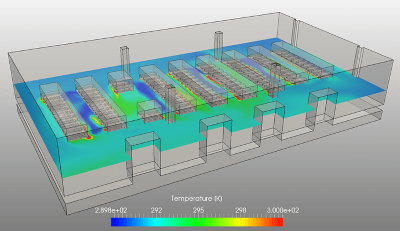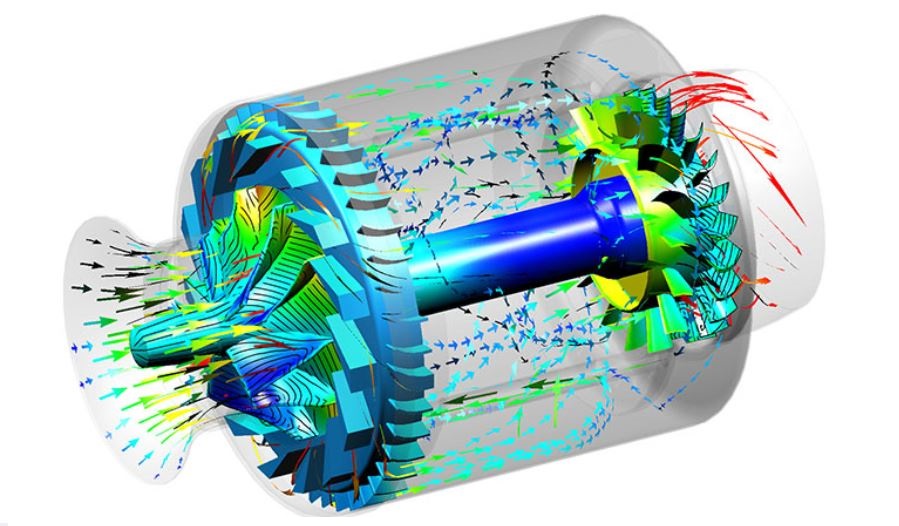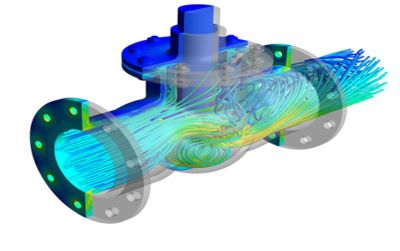Master CFD Analysis for Industry Applications, first step towards a successful career
Basic to advanced level training: Covering Multi phase flows, Electronics cooling, Industrial heat transfer, Thermo vacuum systems
Infrastructure: Two high end work stations for each student up to 256 GB RAM, 48 core Processors with fully capable CFD software licences.


